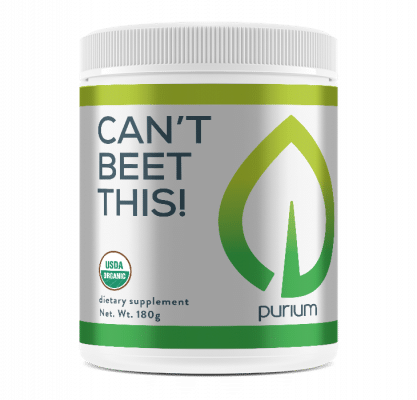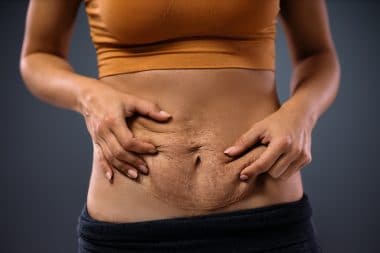Twin to twin transfusion syndrome or TTTS is a rare condition that can affect 10-15% of pregnancies where the twins share a placenta. This type of pregnancy is called monochorionic diamniotic. Meaning one placenta for two babies. TTTS affects the rates at which the fetuses grow. This is because the blood flows unequally between the two twins. One twin that gives away more blood than it receives is known as the donor twin, and the other twin that receives too much blood is called the recipient twin. This condition can cause complications for both babies. Â
Diagnosis
Twin to twin transfusion is usually diagnosed during a routine ultrasound. You would only be at risk for this condition if your babies share a placenta. In your routine ultrasound if your doctor suspects TTTS is a possibility they could pass you off to a maternal fetal medicine specialist. After the initial ultrasound there will be other detailed tests done. Your doctors will want to check the amount of amniotic fluid. They will also want to watch if your baby’s bladders are visible, or if the bladder fills and empties during an exam. Cervical length tests and uterine activity tests may be necessary. As well as a fetal heart examination may need to be done as well.Â
Stages
There are five stages of twin to twin transfusion syndrome. The first one is when there is an imbalance of amniotic fluid, that can affect the size of each twin by 20%. Second stage is if the donor twin’s bladder is too tiny and there is no urine output during an exam. Third stage the heart function of one of the twins is affected and there is abnormal blood flow in the umbilical cord. Fourth stage is heart failure in one of the twins. Fifth stage is death of one or more of the twins. With stage one you may be able to just be routinely checked and monitored. Anything after stage one though will need some medical intervention. Usually fetal surgery.Â
Complications
TTTS consists of one twin being the donor twin, where they aren’t receiving enough blood, and the other twin being the recipient twin, where they are getting too much blood. Both can have complications. The donor twin because it isn’t receiving enough blood can suffer from progressive loss of blood volume. This lack of blood volume can cause decreased urination, bladder smaller than it should be, and low levels of amniotic fluid. These low levels of amniotic fluid can harm the development of the respiratory, urinary and gastrointestinal systems. Low amniotic fluid can also cause dehydration in the donor twin as well. The recipient twin though can suffer from too much blood volume. Which can cause increased urinations, abnormal increase in amniotic fluid, large bladder, and heart failure from the excess fluid.Â
Read More: Nutritional Needs During Pregnancy
Treatment
If you end up having stage one you will just need to be monitored every two weeks during your pregnancy, with extra ultrasounds to check on the size of each twin. If you have a stage greater than stage one, some fetal surgery options may have to be performed. Your doctor may want to perform a fetoscopic laser photocoagulation. Which is a procedure that separates blood flow of the placenta. Another option is an Amnioreduction which removes excess amniotic fluid around the recipient twin. Â
When successfully treated both twins can live a normal healthy life. If left untreated your babies could be at risk of having anemia, brain lesions, heart failure, or neurological deficits. When left untreated there is about 90% fatality rate and about 50% chance of one or more twins having neurological deficits. Preterm labor is a concern and even when treated having twin to twin transfusion syndrome usually ends with preterm labor. Other complications are preterm rupture of membranes. When your babies are born they could need neonatal care and need to stay in the hospital for a bit of time.Â
Takeaway
Twin to twin transfusion syndrome can cause the fetuses to grow at different rates due to blood flowing unequally between the placenta. This syndrome can only affect twins that share a placenta. There are ways to help treat this condition, the least being just extra observation during pregnancy, and the greatest being surgical intervention. Thankfully the outcome usually ends with babies living happy and healthy lives. Â
TTTS is a rare condition that can affect 10-15% of pregnancies where the twins share a placenta. #HealthStatus
The donor twin because it isn’t receiving enough blood can suffer from progressive loss of blood volume.
The recipient twin though can suffer from too much blood volume.
Sources:
https://www.chop.edu/conditions-diseases/twin-twin-transfusion-syndrome-ttts?gclid=Cj0KCQiAvbiBBhD-ARIsAGM48byyekOPJPS29C1aNPDstKoZqGr3kDVDmg1gB5I1zn2eXPD7f6X5dAMaAlfSEALw_wcB
https://www.ssmhealth.com/cardinal-glennon/fetal-care-institute/twin-abnormalities/twin-twin-transfusion-syndrome
https://www.hopkinsmedicine.org/health/conditions-and-diseases/twintotwin-transfusion-syndrome-ttts
https://www.cincinnatichildrens.org/service/f/fetal-care/conditions/twin-twin-transfusion-syndrome

Packed with phytonutrients (“phyto” being the Greek word for plants), vitamins and minerals, beets provide support to many systems of the body from digestion to energy levels.
- Bodies convert the nitrates found in beets to nitric oxide, which helps improve oxygenation levels in the blood and overall circulation.
- The antioxidants and fiber act like natural cleansing agents, helping with the detoxification of toxins and heavy metals in the blood and giving the digestive tract a gentle flush to support a healthy elimination process.
- Consuming whole foods like beets is an excellent way to reduce the immune system from triggering ongoing harmful levels of high inflammation.
- Healthy blood pressure, stamina, and detox are just a few of the immune boosting benefits of beets. According to a study done on beetroot juice.
- Beets may stimulate cell production, which can protect your skin from premature aging and wrinkles. It’ll also keep your brain young by preserving it with nitrates to improve blood flow.








Reply